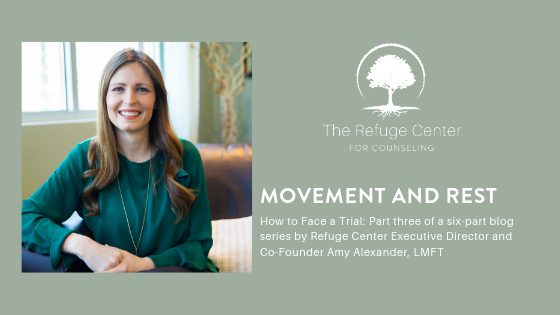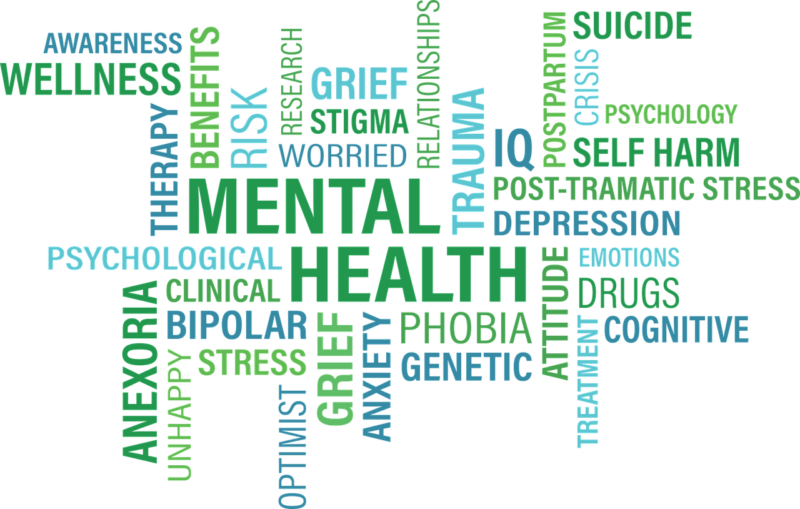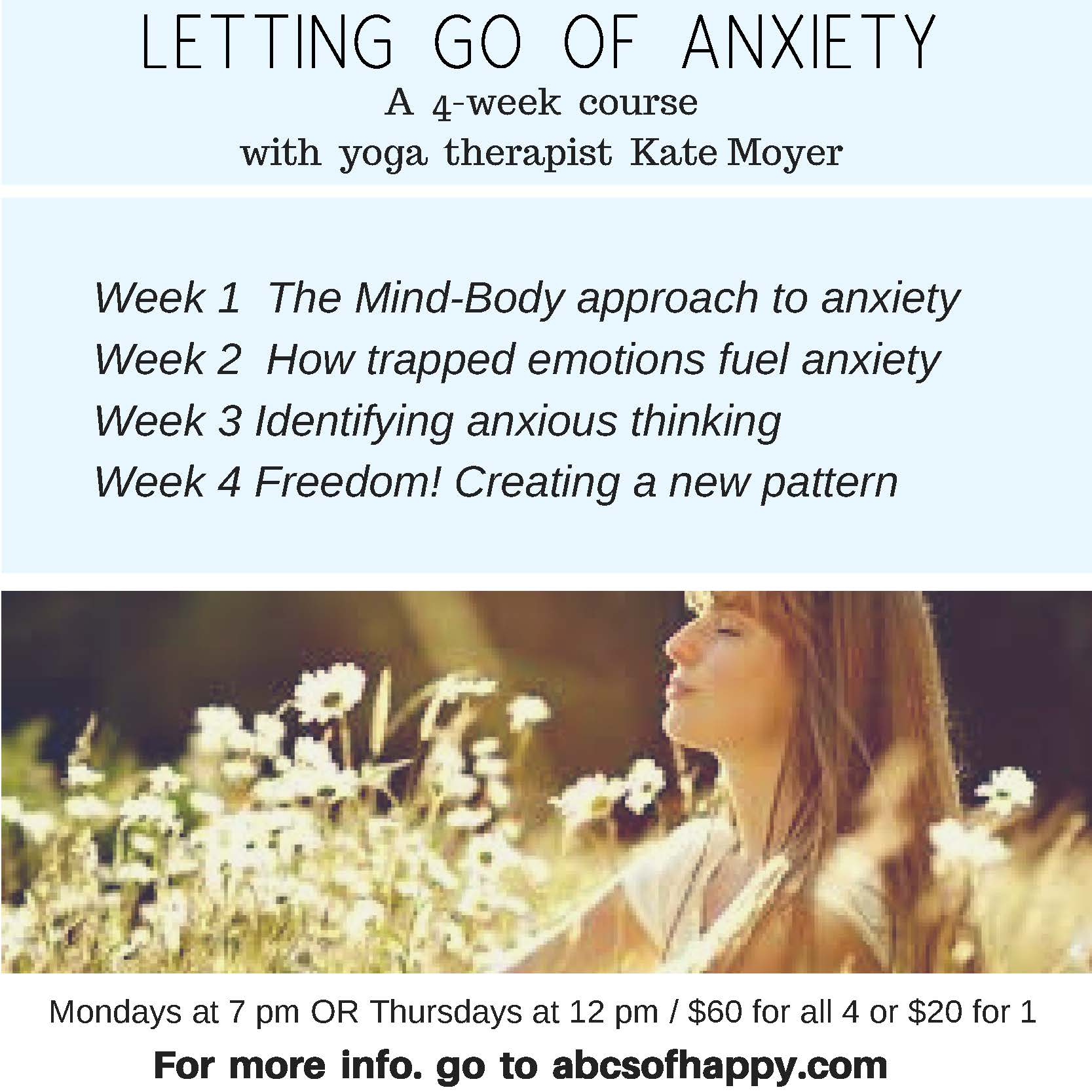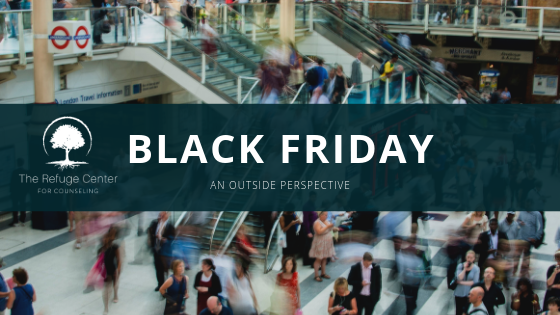It is so important to listen to what our body and soul are asking for and to give ourselves the gifts and grace of both movement and rest.
When facing life’s trials and storms we need different things at different times to begin our healing.
Movement
It is so important to listen to what our body and soul are asking for and to give ourselves the gifts and grace of both movement and rest.
In high school, I had an emergency appendectomy, during which they discovered endometriosis. This necessitated a seemingly simple additional laparoscopic surgery.
Unfortunately, during that surgery, the doctors burned a hole in another key organ. They did not realize it had happened until several days later, with my abdomen continuing to swell, they did several scans and discovered the error.
They rushed me into another surgery, this one in the middle of the night. The made a nine-inch incision down my stomach and cut through many of my abdominal muscles to make internal repairs and insert stints. They made four more incisions through which drainage tubes were placed.
I remember waking the following day in an extraordinary amount of pain. I could hardly bear to use the remote on the side of the hospital bed to raise or lower the bed.
That very morning a stern nurse entered my room and told me that I was to begin walking the halls with assistance. She explained that my body needed to move to be able to heal.
I cried and clenched my teeth through those first trips down the hospital hallway. I could not stand upright enough even to see ahead. It was so hard to move after this physical trauma.
I’ve since had three C-sections in giving birth to my three children, and the recovery process is similar.
The sooner we can move after we’ve been hurt, the sooner we can heal. This does not just apply to physical injury but also to emotional wounds.
Trials can leave us feeling helpless. Our most basic human responses to crisis are to fight or flight. These are vital processes that keep us moving.
Pain becomes trauma when we don’t find a way to discharge the negative energy from an event where a fight, flight, or freeze response occurred. Bessel Van Der Kolk, renowned clinician and researcher in the area of post-traumatic stress, says that, “Immobilization is at the root of most trauma” (2015, p.86).
The energy of our experiences gets locked up in our bodies and in our spirits. Without an intentional and adaptive process for release, it becomes toxic and immobilizing. We may start experiencing anxiety, panic, flashbacks, hypervigilance, and other symptoms as a result.
An excess of cortisol (the stress hormone) in the body can interfere with memory, can cause increased weight gain, raise blood pressure, increases the risk of depression, and a host of other negative things.
So, what are the implications of this when facing a trial, such as divorce, job loss, death of loved one, serious illness, etc.? There will be times when we can sense that our body is holding on to our stress. When hardship presses in on us, we can notice when we feel physically or emotionally “locked up,” weighed down, tense, or restless.
For me, I am aware that my body is holding onto stress when I feel tension in my neck, back, and shoulders. I might also develop a headache and unknowingly start biting my nails. When we become aware of these sensations, we can have a plan for moving our bodies in a way that creates relief.
Movement is key element in a healing process. There are many ways to invite movement into our lives, including: acupuncture, massage, yoga, EMDR (Eye Movement Desensitization and Reprocessing) therapy, dance, breathing practices, theatre (acting), walking, biking, martial arts, and even gardening.
Movement also occurs in the creative process. Creativity engages our soul and offers us a new way to view and approach our pain. Some creative opportunities might include jewelry making, collages, artful cooking, journaling, painting, coloring, vision boards and pottery/sculpture. Movement is key to our healing.
Rest
Rest helps us to remember who we are and whose we are.
In 2005, I co-founded The Refuge Center for Counseling. The early years held steep and winding learning curves. Like many non-profits, our infrastructure developed slowly and organically over time and so the first few years required that Jennifer (our other co-founder) and I wear many hats.
We were the counselors that saw all clients that called for services. We cleaned the offices, made deposits, supervised interns, painted and decorated the offices, led board meetings, updated the website, wrote the grants….the list goes on.
All of this at the same time that we were starting our families and navigating newborns. After several years, I began to feel a deep weariness. I noticed myself growing irritable and resentful. The vision and optimism that previously carried me forward were buried under exhaustion. I felt like my loved ones were getting “the crumbs” from whatever I had left to give.
I knew I needed to find a way to carve out some space for rest before I became an unhealthy force to the organization and my family.
I decided to make a list of the things that made me feel most “alive” and connected. This included being in the mountains, prayer/meditation, yoga, reading poetry, sleeping until my mind and body felt ready to wake and rise, slowly drinking a cup of tea, and several other things that were about letting go of the need to produce and perform to instead rest and surrender.
I took a 10 week sabbatical and gave myself the gift of each of these things. It was a time of Sabbath and God spoke a deep message of comfort to me in that time, “You are ENOUGH when you are STILL.”
After this designated season of rest, I was able to re-engage in my role with The Refuge Center from a place of balance and clarity.
Rest reminds us that we are valued and cherished even we can’t “earn” it. It is a chance to breathe, receive, and heal.
During trying times, rest is essential. Yet, when we are hurting, rest can be one of our greatest challenges. We may fear slowing down, dreading the possibility that emotions, questions or images may surface and overwhelm us beyond our ability to navigate them. We may feel that if we just keep busy enough, we will be able to distract ourselves from the pain.
Brother David Steindl-Rast reminds us, the Chinese pictograph for “busy” is composed of two characters: heart and killing (1990). Being perpetually in motion as a way to avoid our feelings actually ends up disconnecting us from the places in ourselves where we can access the most hope, compassion, and grace.
One of my favorite authors, Wayne Muller, wrote a book called Sabbath. In it, he teaches us much about rest. “The practice of Sabbath is like the practice of taking refuge…Jesus offered this same beautiful practice to his disciples. Make your home in me, he said, as I make mine in you. The kingdom is within you, he reminded them, alive and miraculous this very moment. I am with you always: When you come to rest you will feel me. You will remember who you are, that you are the light of the world” (2000, p.9).
Rest helps us to remember who we are and whose we are.
Muller also speaks about this process through the concept of dormancy. He says, “Dormancy allows plants and their seeds to develop stress-resistant annual resting periods…Dormancy maximizes the seed’s strength and hardiness making it less susceptible to climatic extremes.
In a given season, this may diminish the yield, but it is a rhythm designed less for quick profit and more for an abundance over eternity…So, when we see Jesus withdraw from the press of the crowds and retreat to a place of rest, he is not simply taking a well-deserved break from his useful but exhausting ministry. He is honoring a deep spiritual need for a time dedicated not to accomplishment and growth, but to quiescence and rest” (2000, p.58).
Rest offers us the gift of reconnecting to God and to ourselves. And often we are surprised to find more strength, creativity, and resilience than we could have ever imagined.




